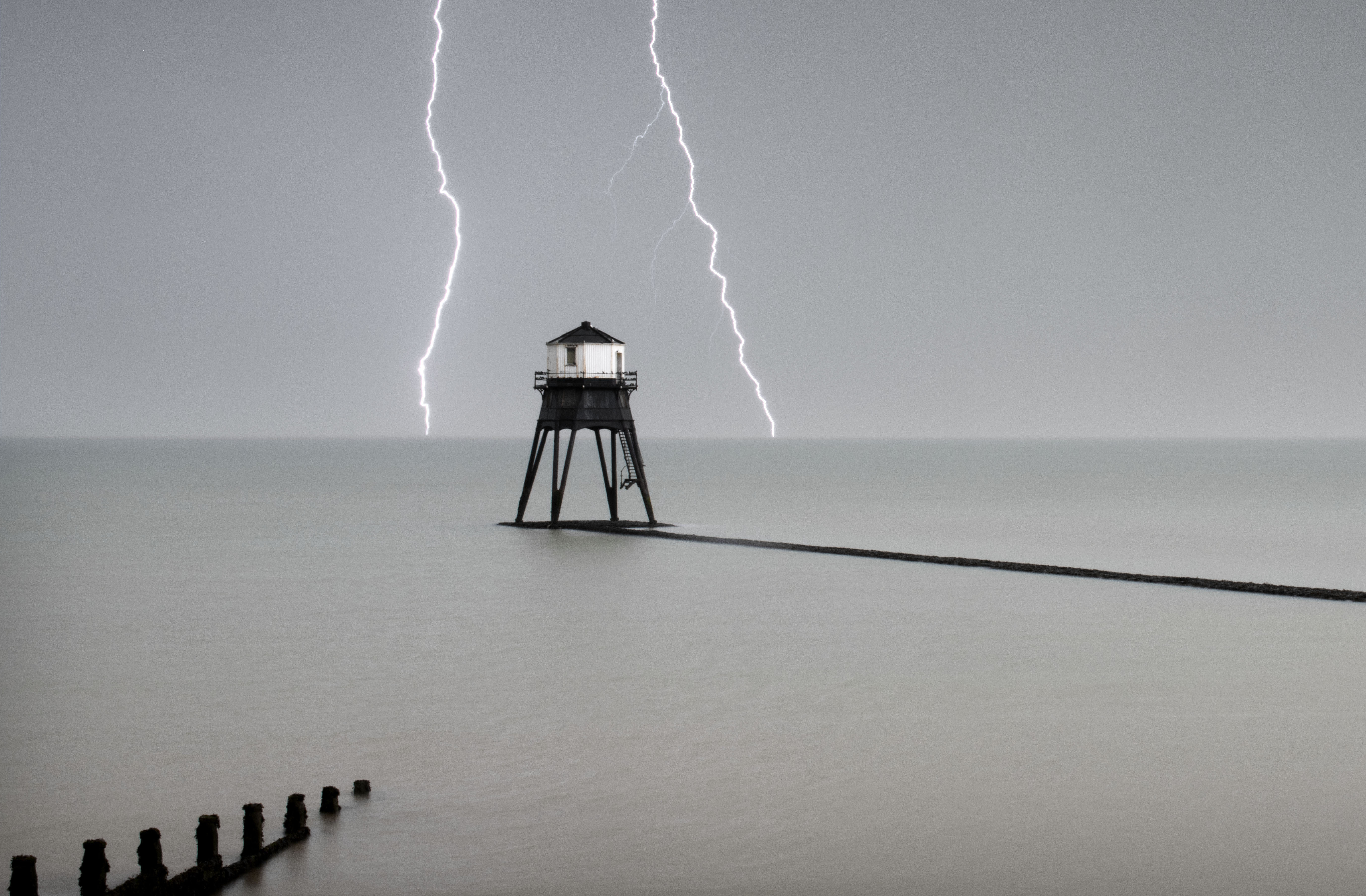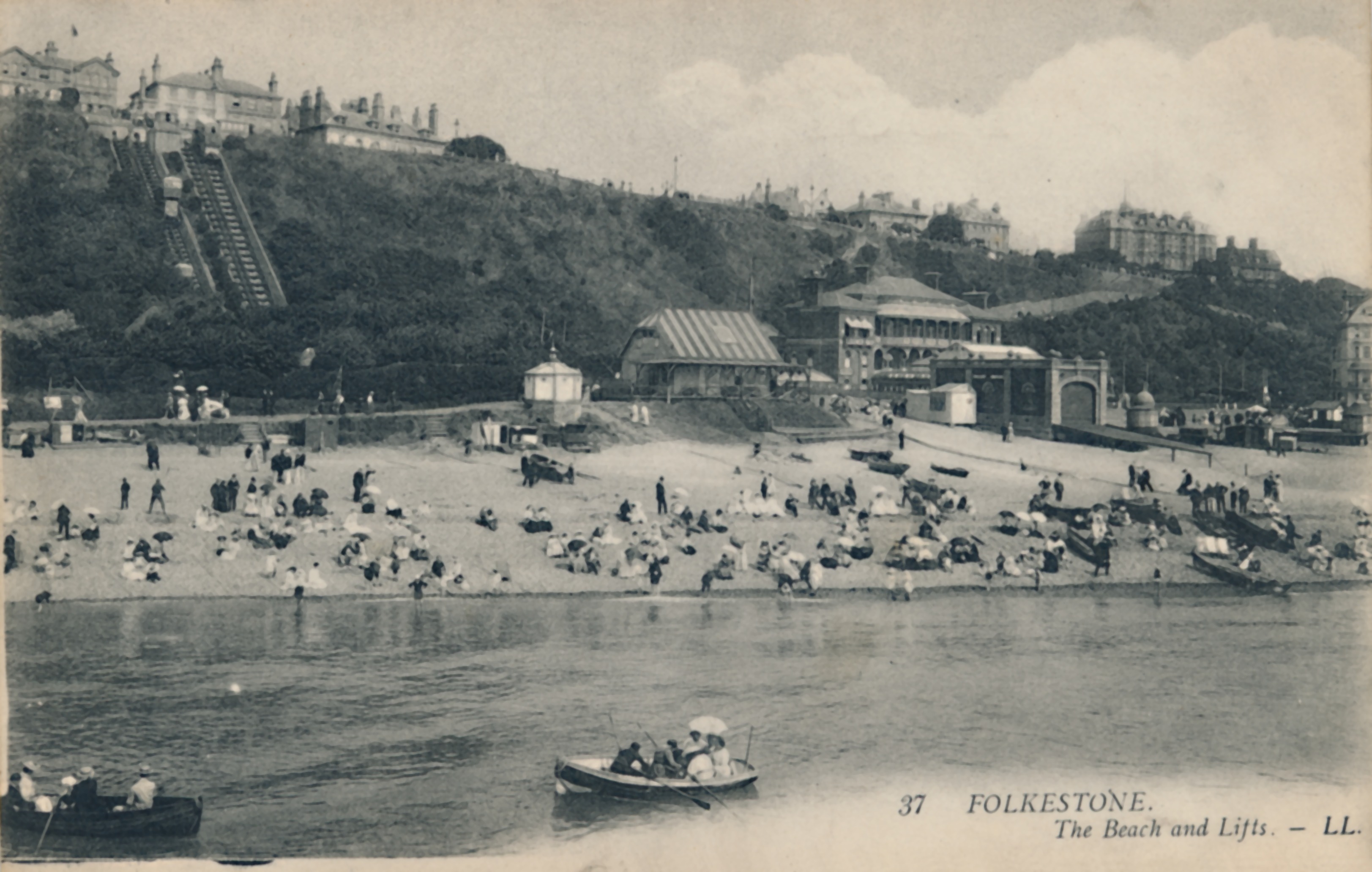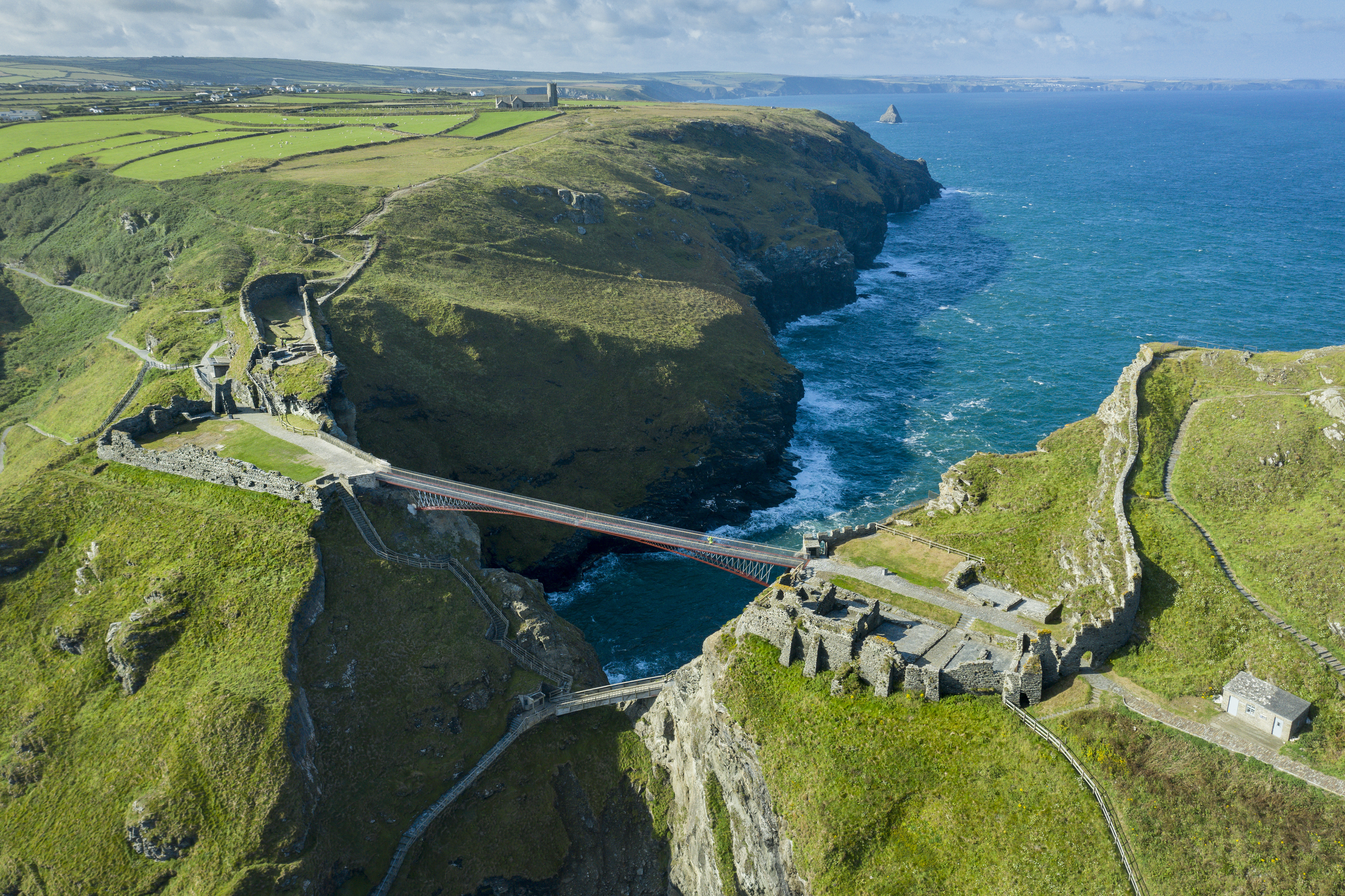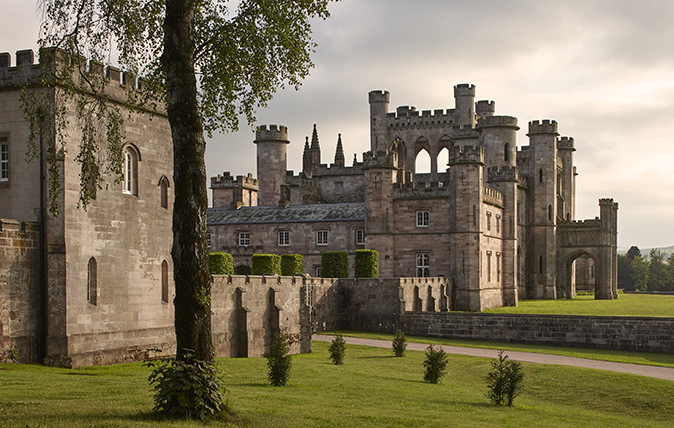'Our heritage needs to be saved': Treasured lighthouses among historic buildings at risk
England's oldest surviving timber trestle bridge, a Grade II lift and 19th century lighthouses are some of the historic buildings that have joined the Heritage at Risk Register due to concerns about their condition.

The Dovercourt lighthouses and causeway are a celebrated landscape feature in Harwich, Essex, but the fabric of the buildings is deteriorating and if work is not carried out, this precious landmark could be lost.
Historic England has added the 19th century lighthouses to its At Risk Register along with hundreds of other once-cherished buildings in need of repair. The oldest surviving timber trestle bridge in England, Wickham Bishops railway viaduct in Essex, has also joined the register.
The Maldon landmark comprises two adjoining viaducts, one crossing the River Blackwater, the second the Wickham Mill leat. Despite extensive repairs in the 1990s, the timber is suffering from rot and decay due to damp, poor maintenance and tree growth across the monument.
Folkstone's Grade II listed Leas Lift in Kent is also at risk. The 1885 construction closed in January 2017 due to safety issues with the braking system. Since then, the buildings, tracks and machinery have degraded further.

Work is planned for the Dovercourt lighthouses following a survey in 2018, with a view to repair work commencing over the next two years. A trust has also been formed to care for and manage Leas Lift in the long-term.
Historic England has added a total of 247 sites to its register, but 310 have been removed as they are regarded as saved. A well in London, a lead mine and a Georgian warship are among the buildings that are no longer classed as at risk.

'The message is clear – our heritage needs to be saved and investing in heritage pays,' said Duncan Wilson, chief executive of Historic England. 'It helps to transform the places where we live and work, and which we visit, creating successful and distinctive places for us and for future generations to enjoy.
Exquisite houses, the beauty of Nature, and how to get the most from your life, straight to your inbox.
'But there’s more work to do. There are buildings still on the Heritage at Risk Register that can be rescued and can be brought back to beneficial use and generate an income, contributing to the local community and economy. These are the homes, shops, offices and cultural places of the future.'

Tintagel's new bridge: Dramatic, contentious and finally open to visitors
The new bridge has opened at Tintagel Castle in Cornwall, one of the most dramatic spots in Britain, and a place

Lowther Castle: The incredible transformation of the ruins of one of Britain's greatest Regency castle
An ambitious restoration campaign has transformed the ruins of one of Britain’s greatest Regency castles and brought it back to